The Bloodhound Land Speed Record rocket car has passed the 500mph mark as it continues to gather pace in the Kalahari desert in South Africa.
Pilot Andy Green logged a speed this week of 501mph on the 12.4-mile Hakskeen Pan track near the Namibian border. But the run was not without drama.
During the engine shutdown procedure, a fire warning alert sounded in the cockpit. Green called “Fire, fire, fire over the radio and quickly evacuated the cockpit. Rescue trucks attended the scene, but it turned out to be a false alarm.
The alert was triggered by a fire wire that's designed to burn and break at 160 deg C. The afternoon temperature of 36 deg C, combined with heat soak from the Eurofighter Typhoon jet engine, was put down as the cause. But the team took positives from the incident, claiming it “validated that both the fire detection system and fire response processes the team has set up work successfully”.
The Bloodhound team has also reported minor bodywork damage to the rear deltas, which are aerodynamic panels that cover the rear suspension. Sand and grit kicked up by the car’s airflow hammered a small area of the bodywork, crumpling the titanium skin like tissue paper. The first repair failed to survive a previous run at 491mph, but the new patches held up unscathed in the latest, faster attempt.
The 501mph speed means Bloodhound LSR has entered the record books within the list of the top 10 fastest cars in history. The team is now preparing for the next challenge, to hit 550 mph, within the next few days as the work towards their target of breaking the ultimate record of 763.035mph.
Bloodhound - the testing phase explained:
The long-promised testing runs are taking place on a specially prepared 20km (12.4-mile) track at Hakskeen Pan in the Kalahari Desert, near the Namibian border.
To test the installation of its Rolls-Royce EJ200 gas turbine engine (as used by the Eurofighter Typhoon), the car was late last month successfully given a “dry crank” at its Gloucestershire HQ, which involved having the exhaust output of a smaller jet engine blown into its intake to rotate the moving parts of the main motor.
“It involves turning the engine without activating the ignition,” says engineering director Mark Chapman. “It’s like a last look under the hood.”

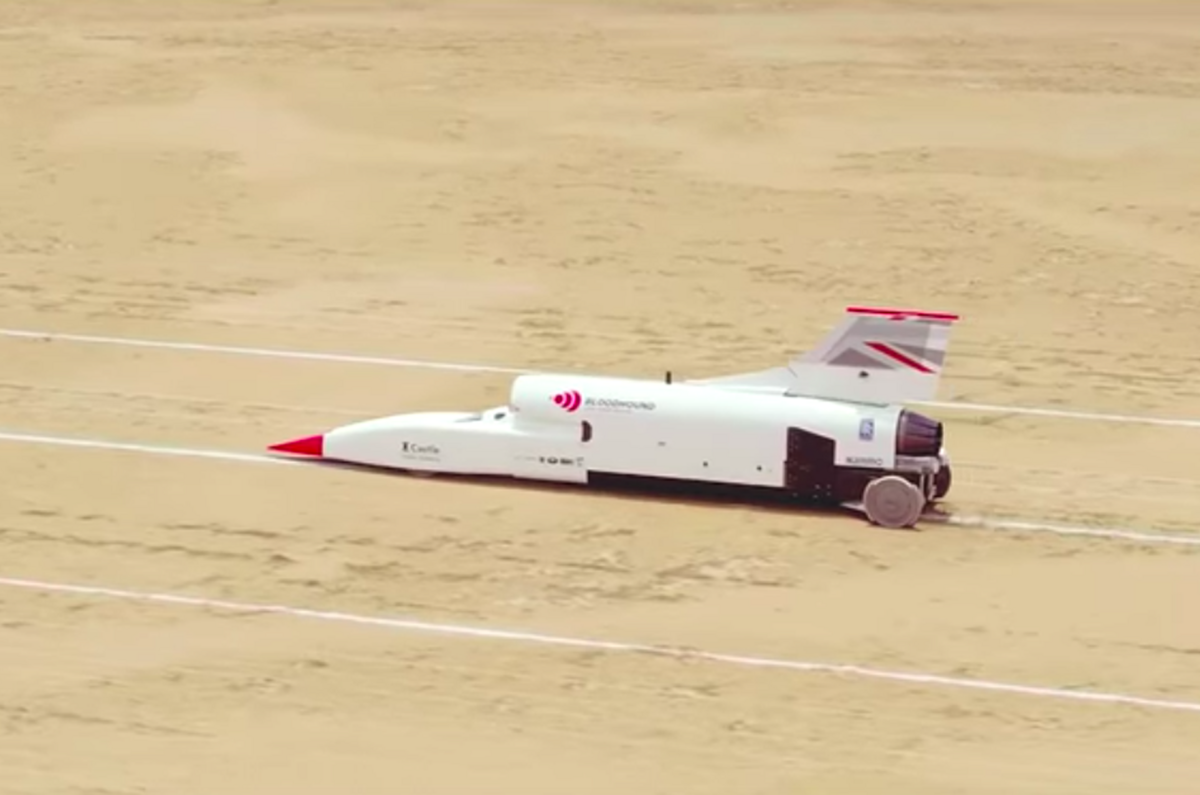

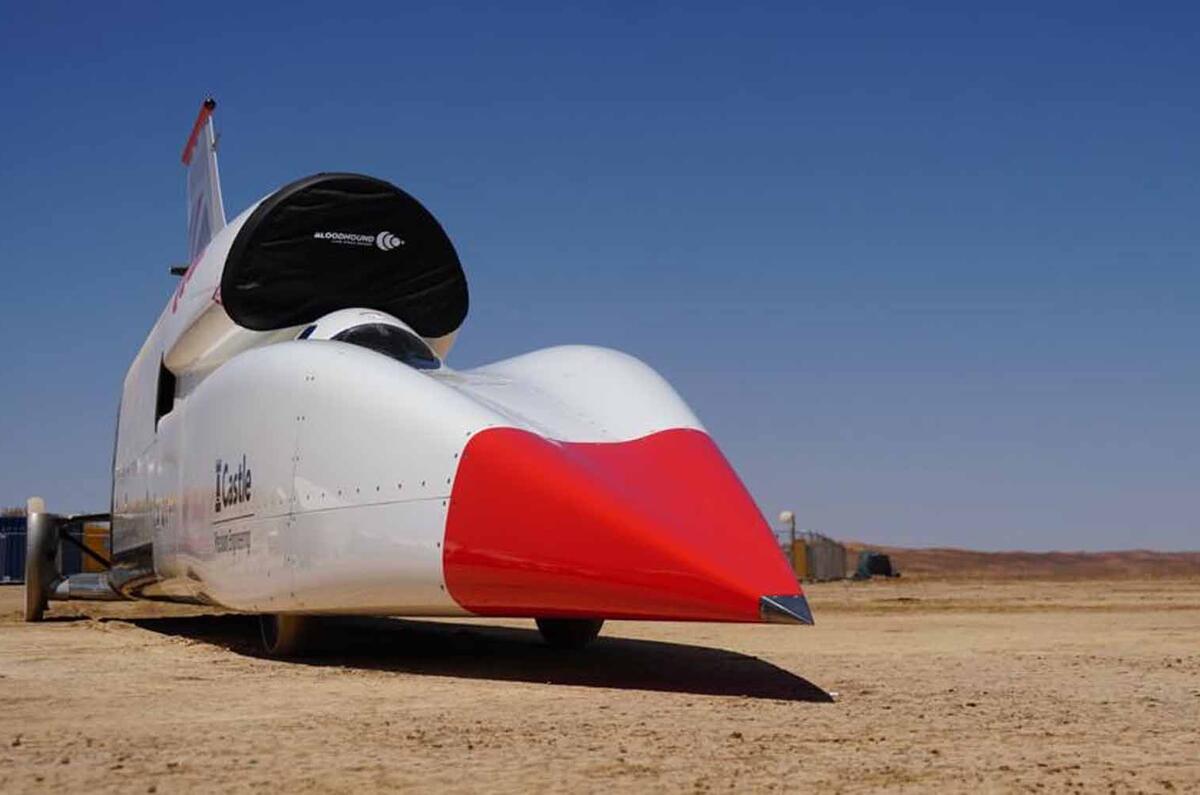
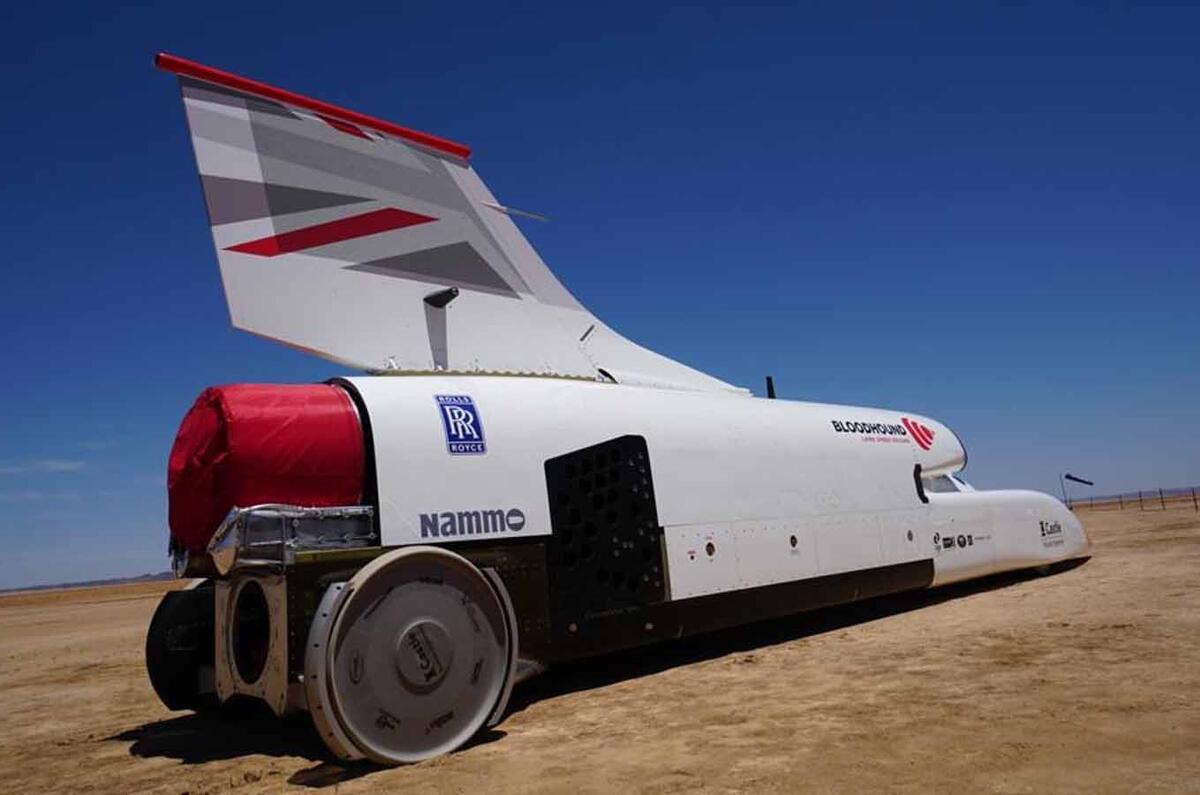
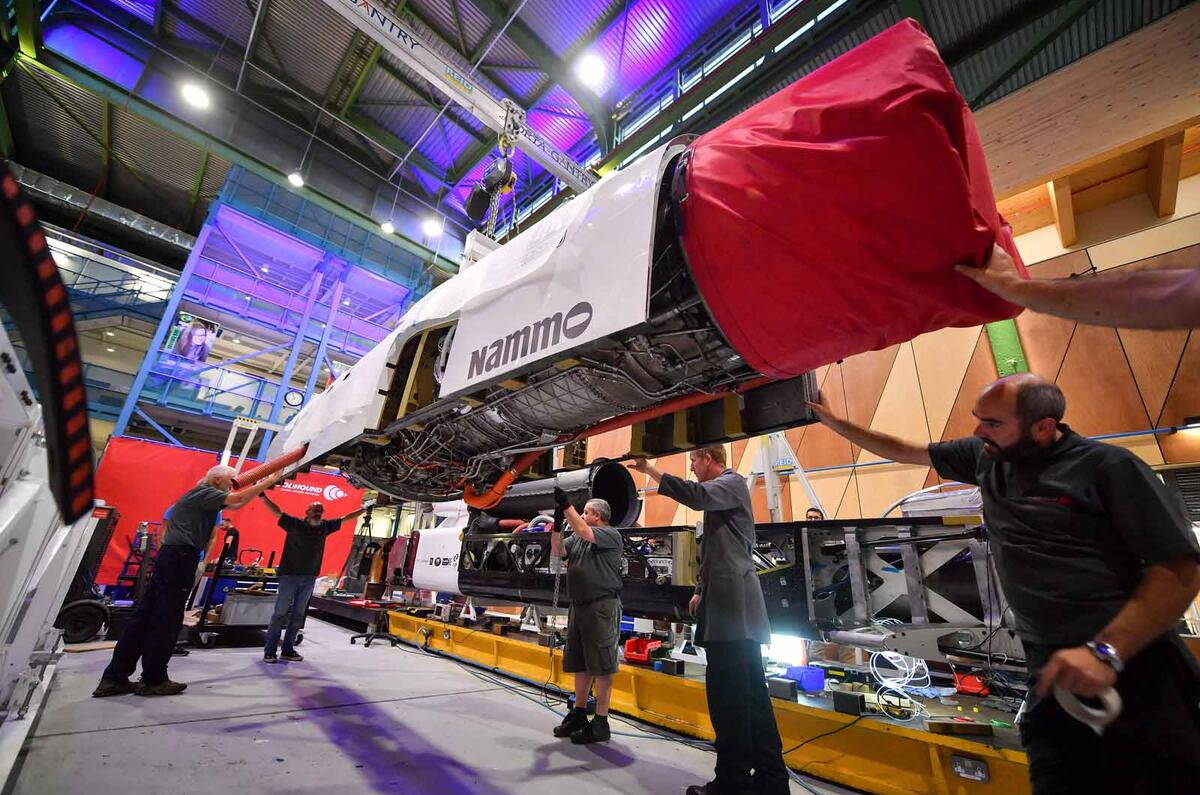
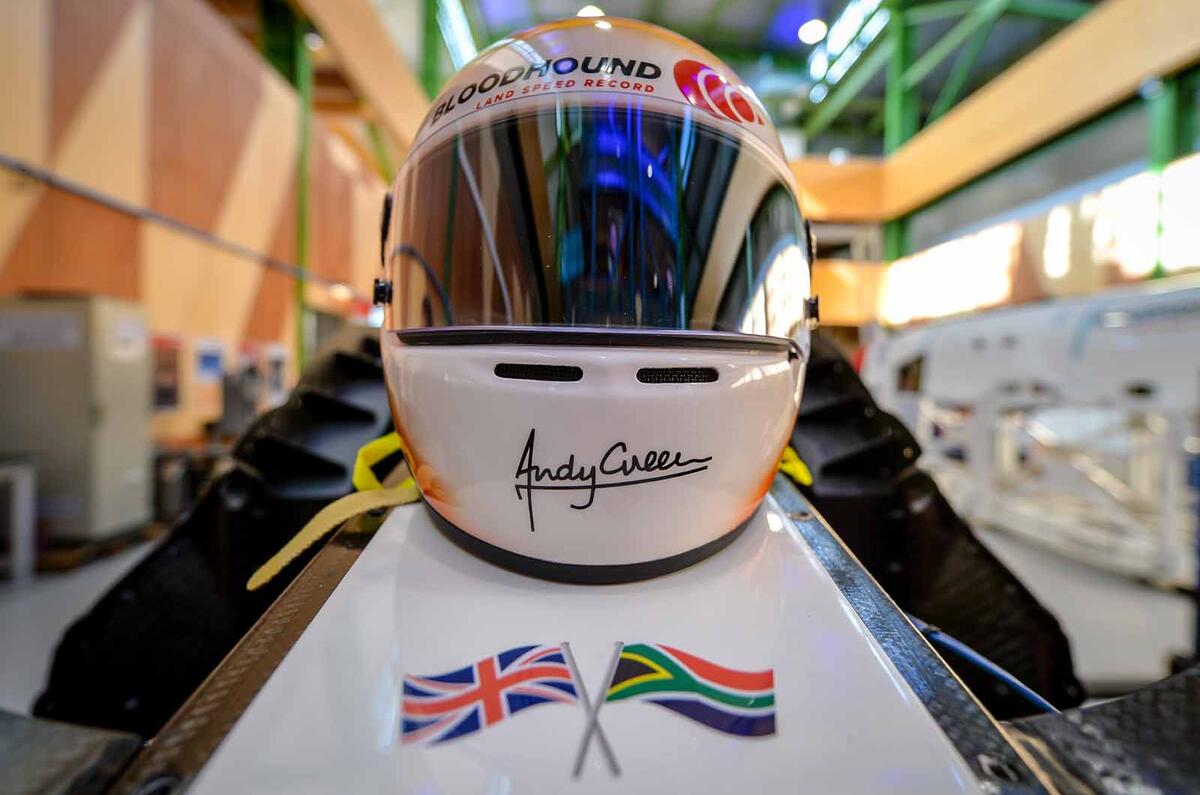
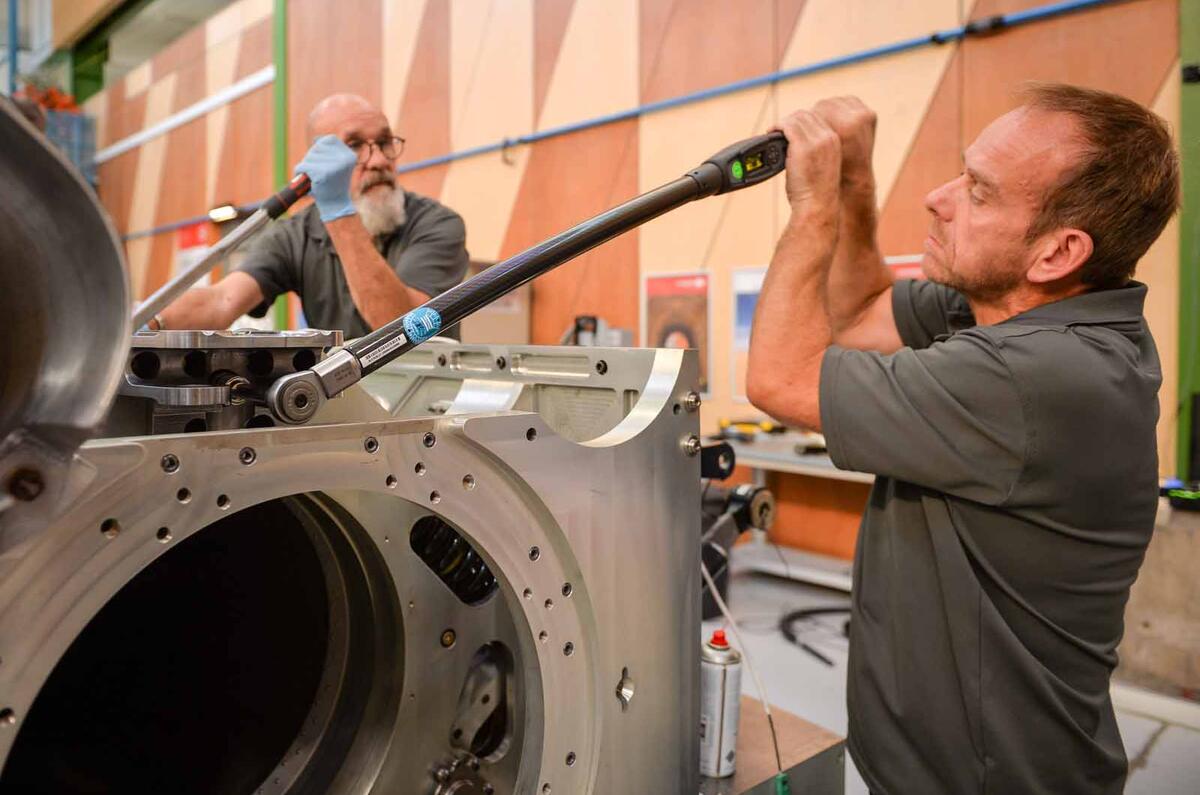
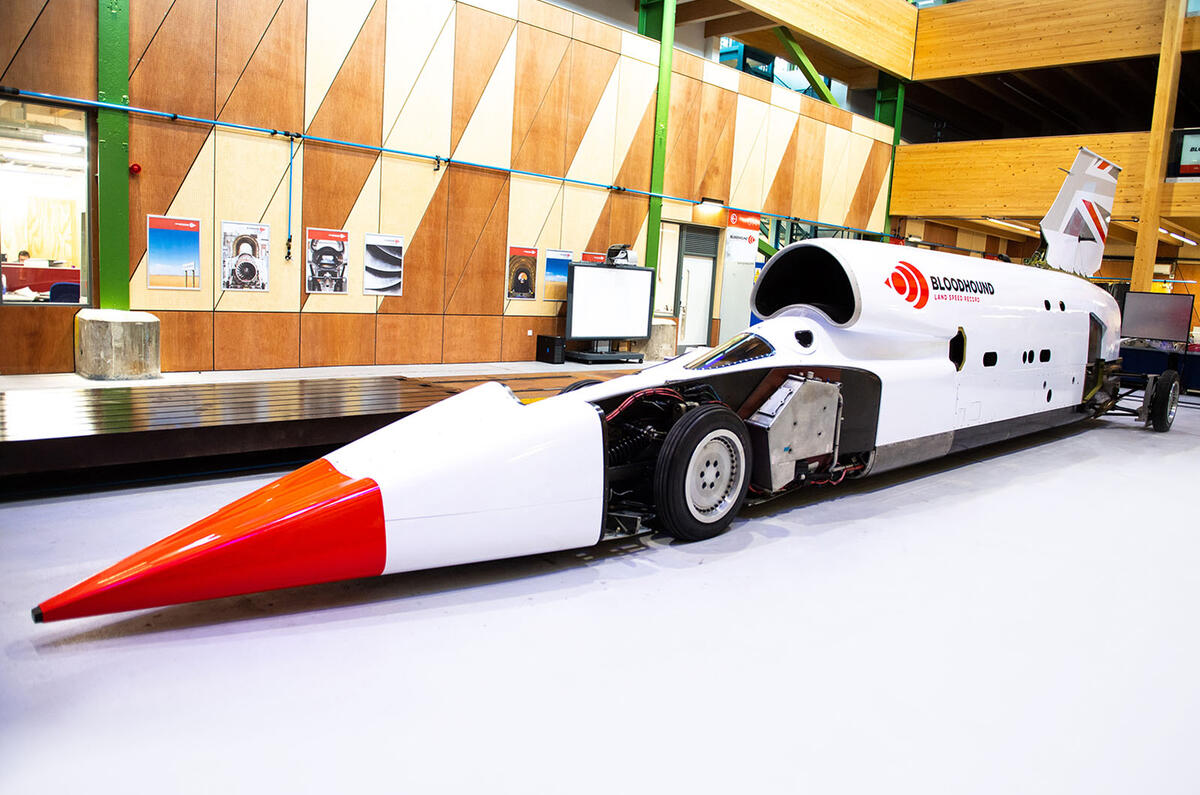
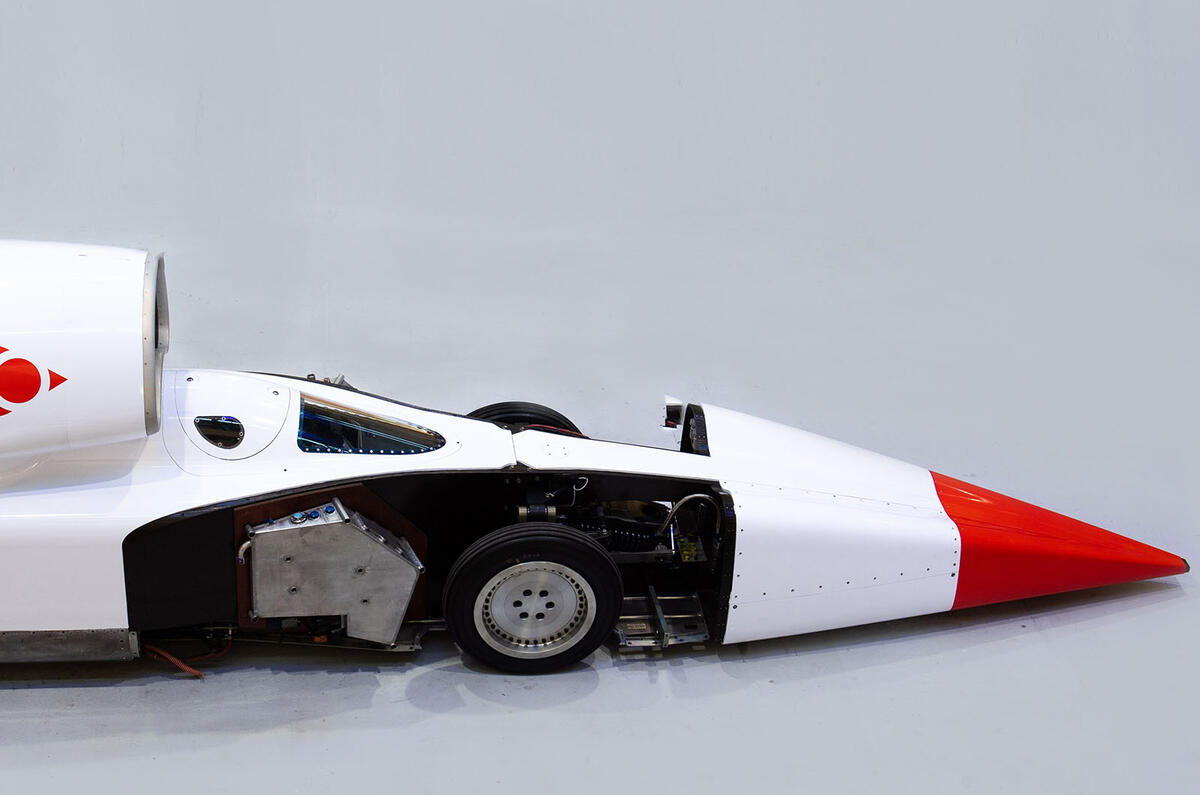
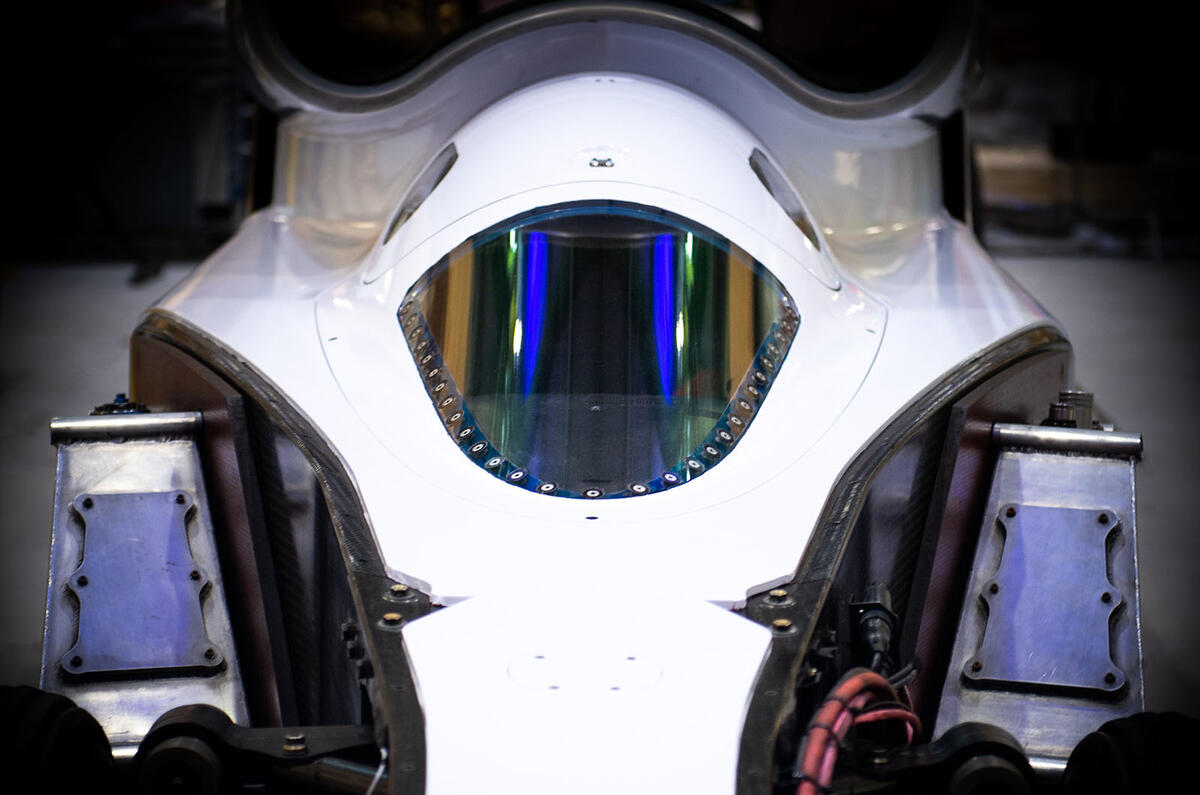

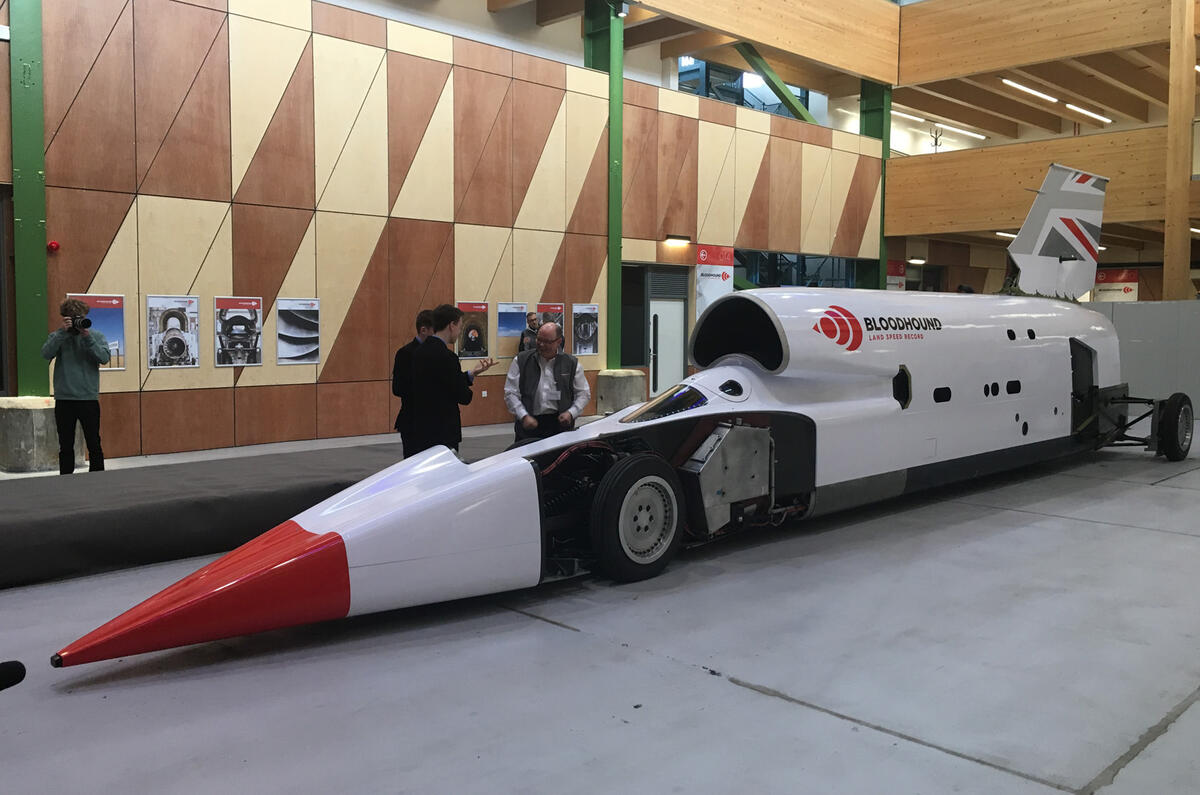
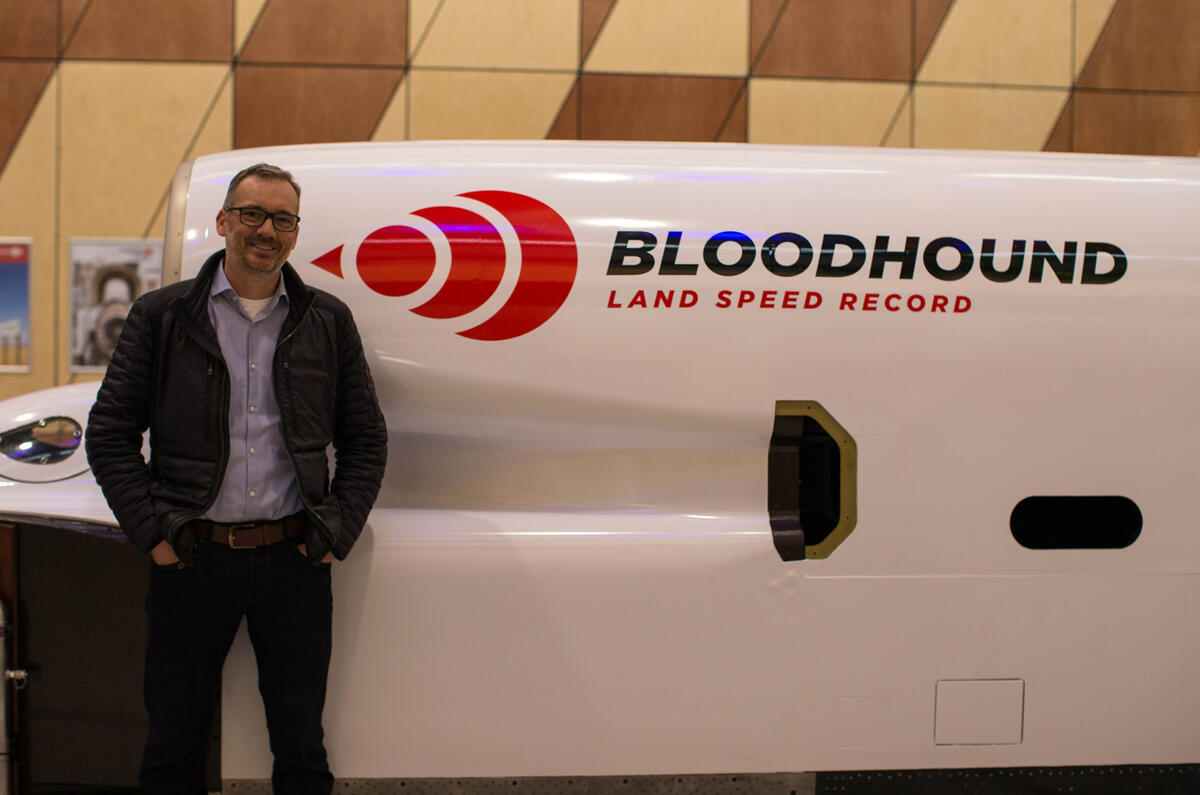
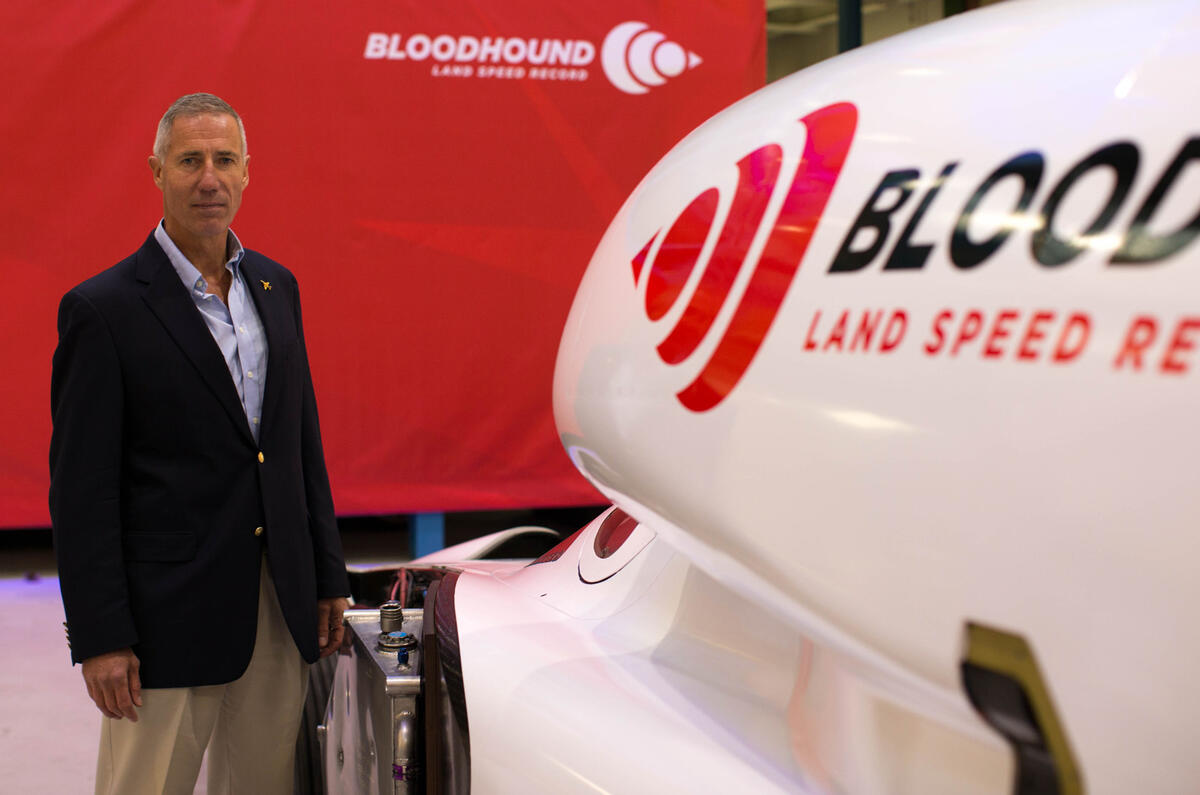
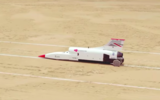
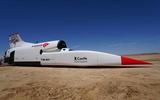
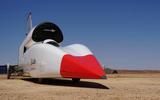

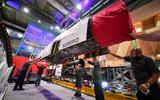
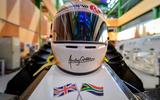
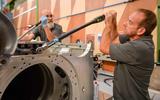
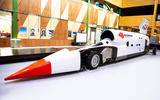


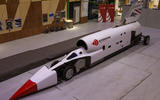
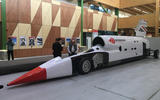
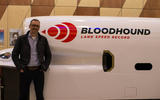
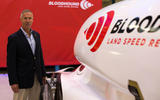

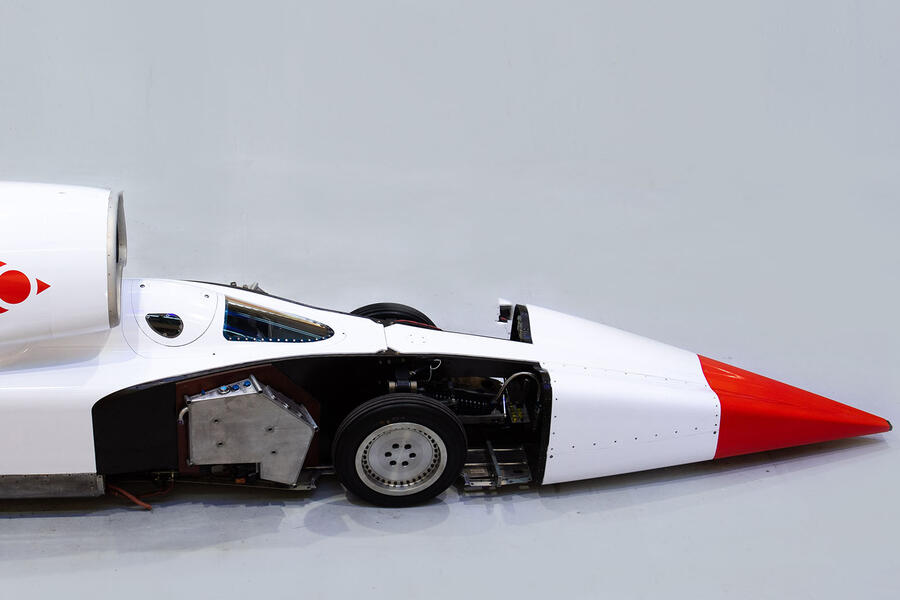
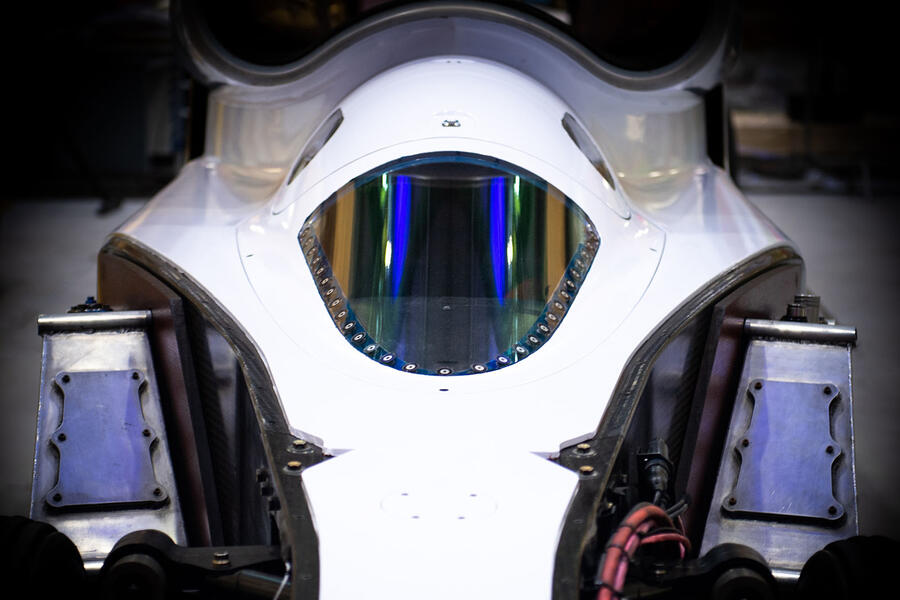






Join the debate
Add your comment
Hi,
The Bloodhound land speed record car crossing the 500mph mark is nothing short of breathtaking. It represents years of engineering brilliance, relentless determination, and the human drive to push boundaries beyond imagination. Watching this machine roar across the desert is not just about speed—it’s about innovation, teamwork, and the pursuit of what once seemed impossible. Reaching over 500mph is a milestone that inspires future generations of engineers, scientists, and dreamers to aim higher, move faster, and keep breaking barriers. Truly historic achievement!
Oh Dilly
Yeah, why did we ever leave those nice comfy caves?!
I bet the carbon output from the Bloodhound project is miniscule compared to the worldwide electricity generation needed to charge all the naysayers' smartphones...
'First Bloodhound runs occur
'First Bloodhound runs occur in South Africa testing'. The English is appalling.